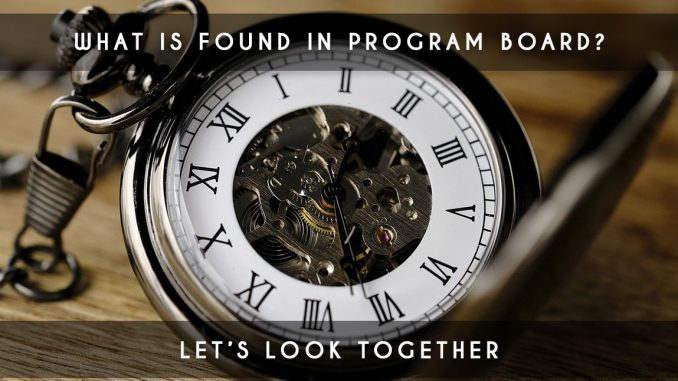
A program board is a representation of the work planned for upcoming sprints within certain teams. Certain elements are crucial for enhancing synchronization among these teams. So, what exactly is found on a program board?
If you are not familiar, the concept of a program board gained significant popularity through the SAFe framework. This board is created during PI planning and provides teams with a comprehensive view of the expected goals for all teams within the Agile Release Train (ART). Interestingly, some companies utilize this type of board even without adopting SAFe.
What Constitutes a Program Board?
Let’s examine the classic example of a program board proposed by the creators of SAFe:
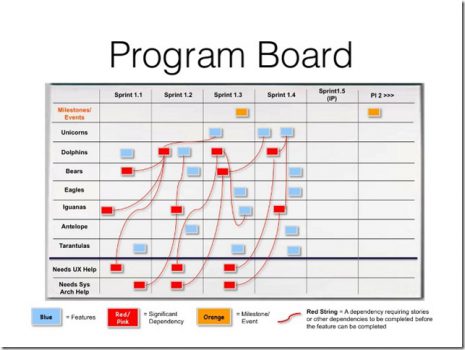
So, what components can be found on a program board? As seen above, there are three distinct elements with a network of connections between them:
- Blue: Represents features placed so that their right side indicates the completion date of development.
- Red: Signifies dependencies, which can be tasks (e.g., User Stories, technical tasks) positioned to align with their completion date.
- Orange: Represents events, with the right side indicating a deadline, often referred to as a “milestone.” This space could also be used for highlighting releases or significant regulatory dates.
- Red woolen thread: Symbolizes links between essential tasks and the feature that can commence once all dependent tasks are completed.
Collectively, these four elements help provide a valuable overview for upcoming sprints.
To enhance the program board further, a structured grid is established:
- Columns: Each column corresponds to a sprint. If you are using SAFe or a similar framework, you may add an extra column to define the conclusion of the Program Increment.
- First Line: Reserved for milestones, indicating crucial events that may impact progress.
- Subsequent Lines: Represent individual Scrum teams, exclusively including teams within the same Agile Release Train (ART).
- Bottom Lines: Reserved for special expertise, if required by Scrum teams. Separate lines are designated for distinct expertise that might not be part of the Scrum teams.
In Conclusion
By incorporating these essential elements, you can create a comprehensive program board. Even if you are not utilizing the SAFe framework, you can adapt it to your specific context. Keep in mind that plans may evolve during sprints, making the program board a valuable tool to facilitate necessary adaptations across all teams.

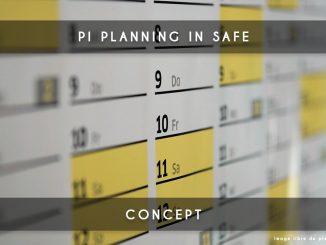
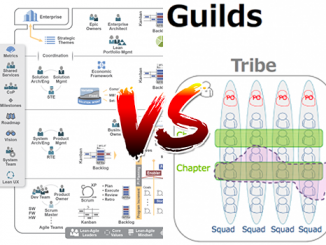
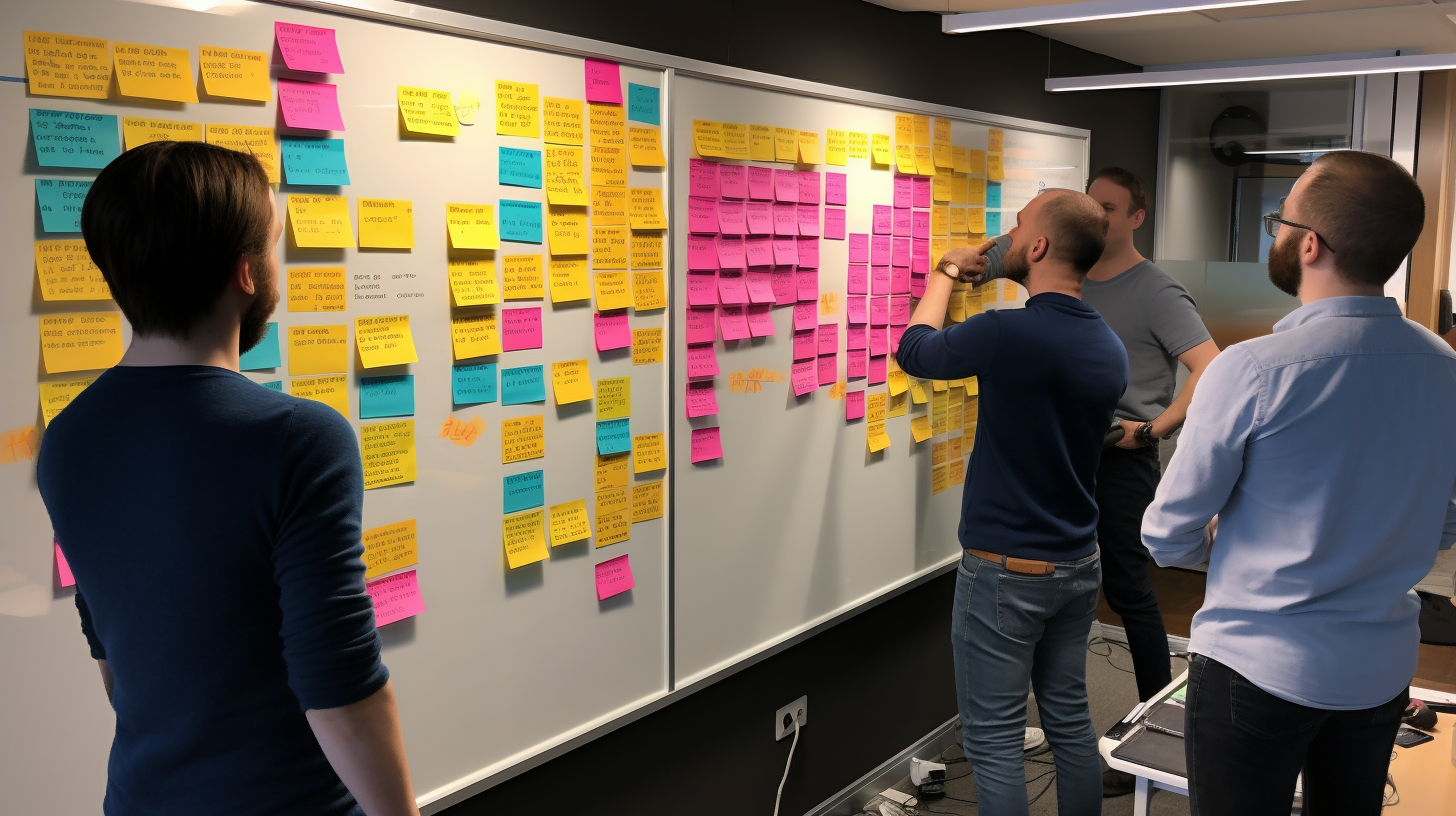
Be the first to comment